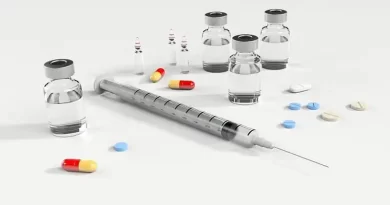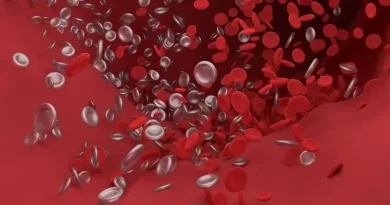Anticoagulation for Peripheral Artery Disease
Studies have shown that rivaroxaban, an anticogulant marketed as Xarelto, improves outcomes of patients with peripheral artery disease. The concept of anticoagulation for peripheral artery disease is not new. The logic behind it is that thrombus plays a role in the mechanism of disease. But to this date, the only robust data are with rivaroxaban.
The Data for Anticoagulation for Peripheral Artery Disease
The study to know is COMPASS. This was a study that included patients with coronary artery disease and with peripheral artery disease. It was published in the New England Journal of Medicine back in 2017. Then, in 2021, Kaplovitch and colleagues published a sub-analysis of COMPASS focusing on patients with lower extremity peripheral artery disease. This publication appeared in JAMA Cardiology. Also, a 2018 publication in Lancet, focused on patients with carotid and peripheral artery disease.
Put together, these data show that patients who received low-dose rivaroxaban (2.5 mg twice a day) together with aspirin (100 mg) experienced lower mortality and fewer adverse cardiovascular events than patients who only took aspirin. There are even data that show that adding low-dose rivaroxaban reduced the occurrence of venous thromboembolic events.
But the question remained – Should all coronary artery and peripheral artery disease patients receive low-dose rivaroxaban? A study published in Circulation in 2020 aimed to answered this question. They studied ‘net clinical benefit’ and focused on high-risk populations. Authors showed that rivaroxaban was particularly effective in high-risk populations and in patients with multiple vascular beds involved. But where exactly to draw the line between ‘low’ and ‘high’ risk remains an open question.
How does it Work?
The exact mechanism is not clear. First, some people argue that rivaroxaban 2.5 mg twice daily does not even have a significant anticoagulation effect. But others disagree. Then, the main hypothesis is that the anticoagulation prevents adverse effects that are caused by ruptured plaque and plaque injury. There are some data to suggest that the mechanism is more complex.
Rivaroxaban After Procedures
The topic of anticoagulation and surgery is complicated. We also made a video on this subject. But the question here is a bit different. It does not focus on stopping anticoagulation around the time of surgery. Rather, it focuses on whether rivaroxaban has any specific benefit for PAD patients after an endovascular or open surgical procedure.
A study called VOYAGER examined this question. The publication came out in 2020 in the New England Journal of Medicine, led by Marc Bonaca and colleagues. The main results of this study were that patients had much better outcomes. They suffered fewer limb and cardiovascular events. Bleeding rates were similar.
However, then a sub-analysis came out. It showed that after DAPT, there were more bleeds if you added rivaroxaban. These bleeds were most pronounced if clopidogrel (plavix) was onboard for more than 30 days. While authors still concluded that adding rivaroxaban made sense, most will worry about the excess bleeding.
So, now the question is often how soon to add rivaroxaban and how quickly to stop clopidogrel. We know that the beneficial effect of rivaroxaban after procedures starts early. I have heard doctors argue to start rivaroxaban soon after the procedure (the so-called ‘triple therapy’ approach). They all seem to remember to stop the clopidogrel in time. Some even prefer rivaroxaban to clopidogrel if they worry about bleeding. But there are no data to support an exact approach as far as I can tell.
What About Other Anticoagulants for Peripheral Artery Disease?
If rivaroxaban works in peripheral artery disease, perhaps other anticoagulants can work as well? The data show that it is not so simple.
First, Coumadin (or Warfarin). The data here are actually negative. Coumadin increases bleeding in peripheral artery disease without really offering much benefit.
So, what about a different DOAC, like apixaban? There are no data to support their use. While I have met physicians who use apixaban interchangeably with rivaroxaban, I don’t know that this practice is currently the right way to go.


